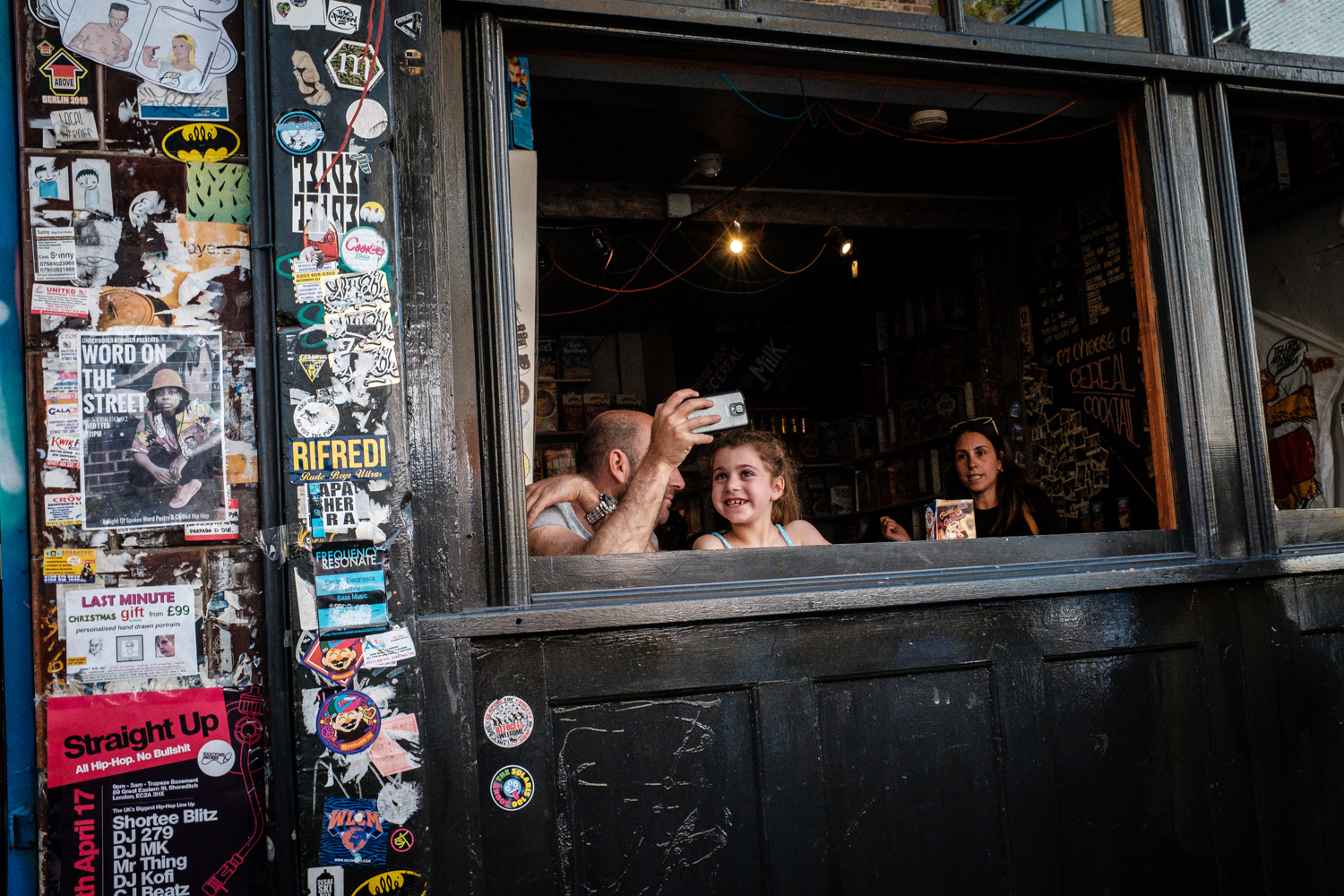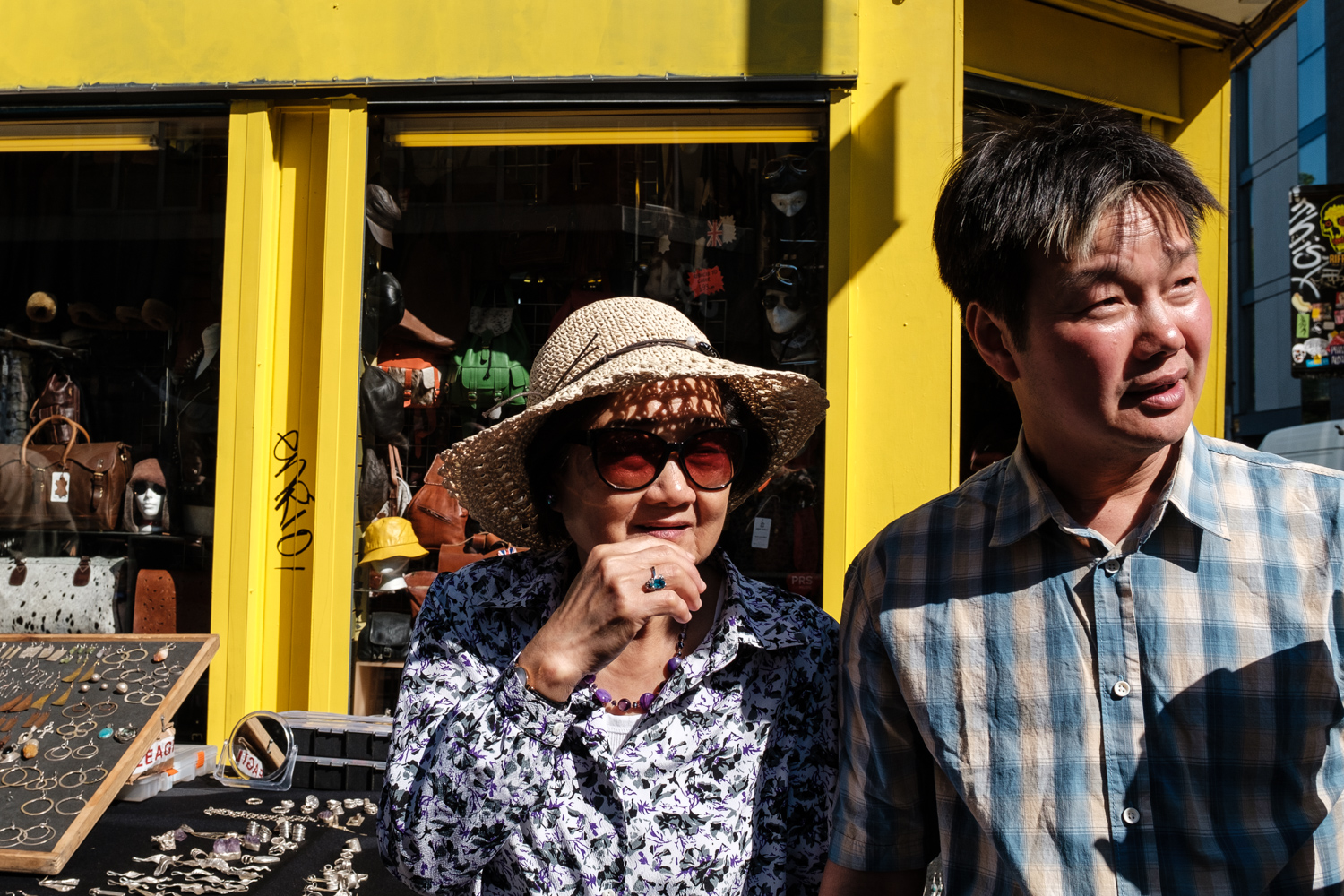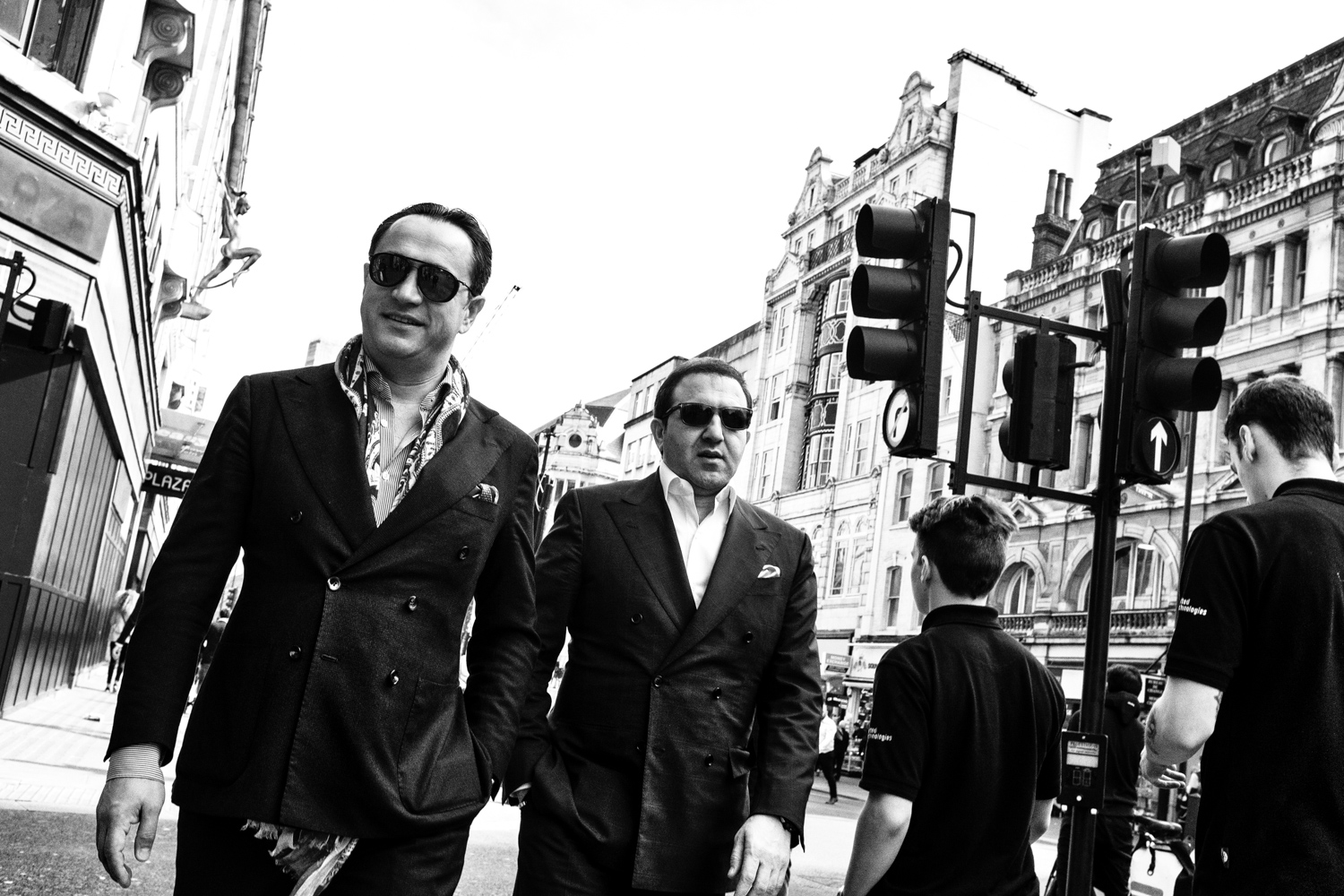So some six years ago my journey with Fuji cameras started when I was seduced by the sexy looks of the original and still great X100. I loved using this camera and it rejuvenated my love for street photography. Of course, as even Fujifilm has admitted, it wasn’t perfect but it was groundbreaking in many ways – in particular with its revolutionary viewfinder that you could switch from being an EVF into an almost Leica experience like OVF.
However it proved quite quirky in use, with a relatively slow autofocus, slow start up time and firmware updates that despite the fact that they kept improving the camera annoyingly kept resetting all your customisation settings at the same time!
So eventually I sold it for another brand but soon realised I couldn’t live without this beautiful camera and bought another.
Perhaps surprisingly despite this love I never upgraded to the S or T versions, instead buying the X-Pro and X-T series cameras for my professional work. However when the fourth incarnation was released with the same wonderful 24 megapixel sensor that’s present in my X-Pro2 and X-T2, plus other great improvements, I could no longer resist upgrading and promptly bought the black version last month.
I have since found that this has become the camera I reach for when off out on a day’s street photography. Its small form factor and light weight, together with its compactness mean that the X-Pro2 no longer gets to go out and play.
So below is what I would call my thoughts and take on my newly acquired X100F rather than a detailed review. So if the latter is what you are seeking, then there are plenty out there on the web for you to study.
So to continue, I use mine together with a Black Rapid sling strap and can walk around all day without noticing it, other than when I raise it to my eye to take a shot. I flick the on/off switch as I bring it up to my eye and its vastly improved start-up time means that it’s ready by the time I need it. Keeping the camera off until the moment I need it also greatly improves the battery life. This has been further improved compared to the former models by now utilising the longer lasting batteries found in the X-T and X-Pro range of cameras. This also means that I can now swap batteries easily between my three Fujifilm cameras and have the same chargers for them too.
Now, it’s also true that the AF speed has improved a lot over the years and in particular in this version, however it’s still not as fast as my X-T2. I’m guessing this is due to the mechanical components of the lens remaining unchanged from the original X100. However for my street photography I often prefer to zone focus by setting my aperture to f8 and the leaving the lens set to about 2.5 meters. So AF speed is irrelevant to me anyway when working like this.
I do wish however that it had inherited the articulated touch LCD screen from the X70 and I know a lot of other Fuji street photographers who wish the same. The argument from Fujifilm is that it would add to the bulk of the camera, but hey have you seen the size of the X70! I bet you it will find its way onto a future X100, whatever the official line is now.
On a design front I do love the new rationalised layout of the buttons, much more in keeping with its bigger brothers. However I have never been a lover of the ISO dial selector on the X-Pro2, which has now found its way onto the X100. It is definitely a case of style over function in my opinion. However at least it is there if you want it. Again, when street shooting my way of working is that I manually set my shutter speed to 1/500, aperture as mentioned earlier to f8 and ISO to auto. So I rarely need to use the dial anyway!
In this age of social media and instant gratification I really appreciate the built in wireless function when coupled with the Fujifilm App on my Smartphone. Yes I know this first appeared in the X100T, but I’m still happy it’s there.
Of course on reading the above you may have thought, “why didn’t he just buy a used X100T and save himself a bundle of money?” Well, I must admit I had thought about it too, but then I wouldn’t have benefited from the wonderful 24-megapixel sensor, which is definitely a big improvement over the previous X100’s. It now means that all my three Fujis all have the same sensor, which also helps speed up my workflow when editing in Lightroom. On an X100T I also wouldn’t have the benefit of the excellent Acros film simulation that this version now features and that I simply adore using.
Equally whilst I have concentrated in the above paragraphs on how I use my X100F as a street camera I have also used it recently at a couple of weddings. Here I set it up differently, using autofocus, for example and its works just fine. I also find the camera so small and unobtrusive that I can flit about with it and ‘snap’ away without disturbing the flow of the proceedings. On a recent wedding pre-shoot the future bride and groom seemed much more relaxed posing in front of the little X100F then if I had been using a big DSLR.
Apart from my only misgivings that I wish they had updated the lens and fitted the camera with a tilting touch screen, I am very happy with my recent purchase and look forward to using a lot more in the future.






















